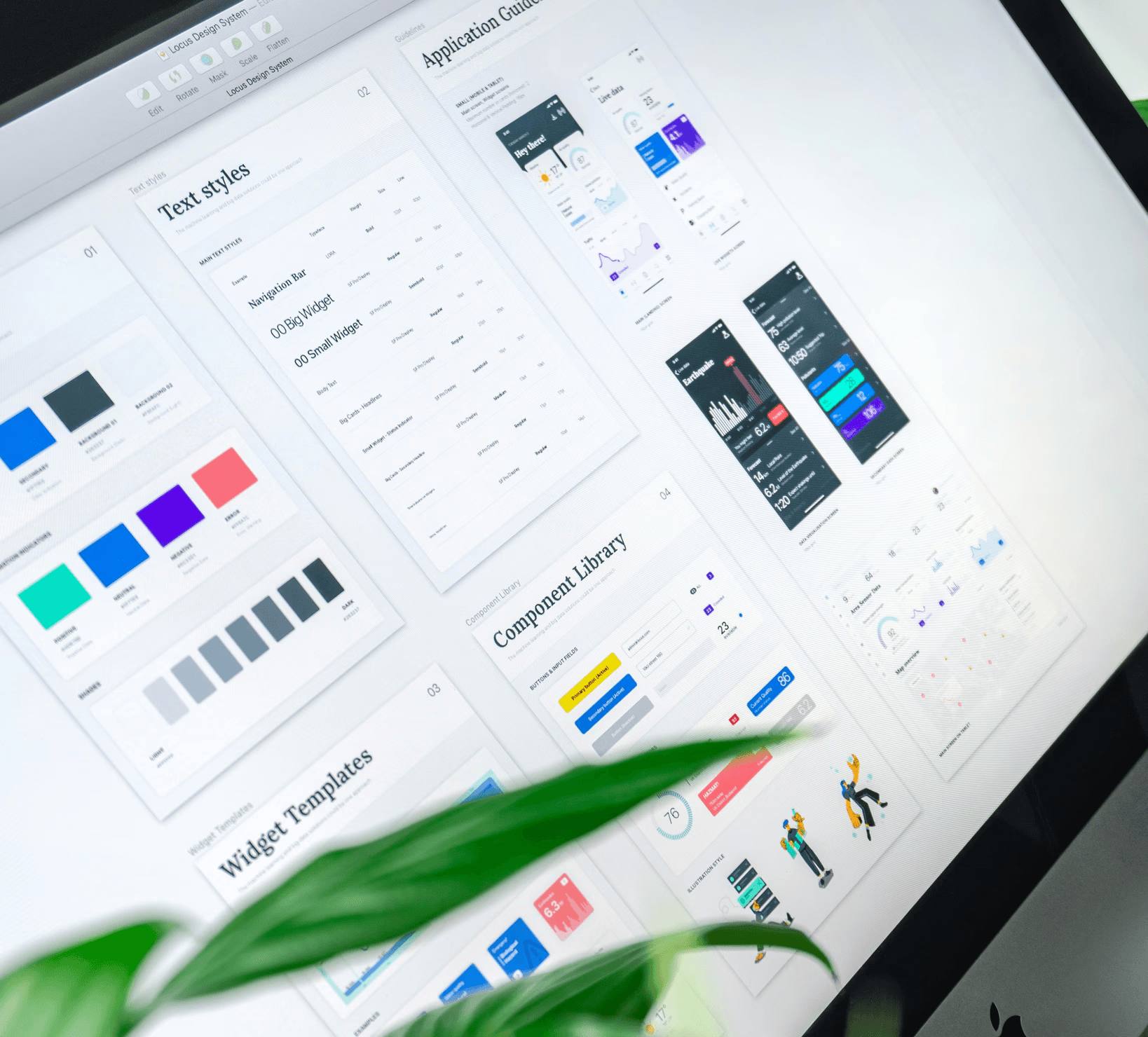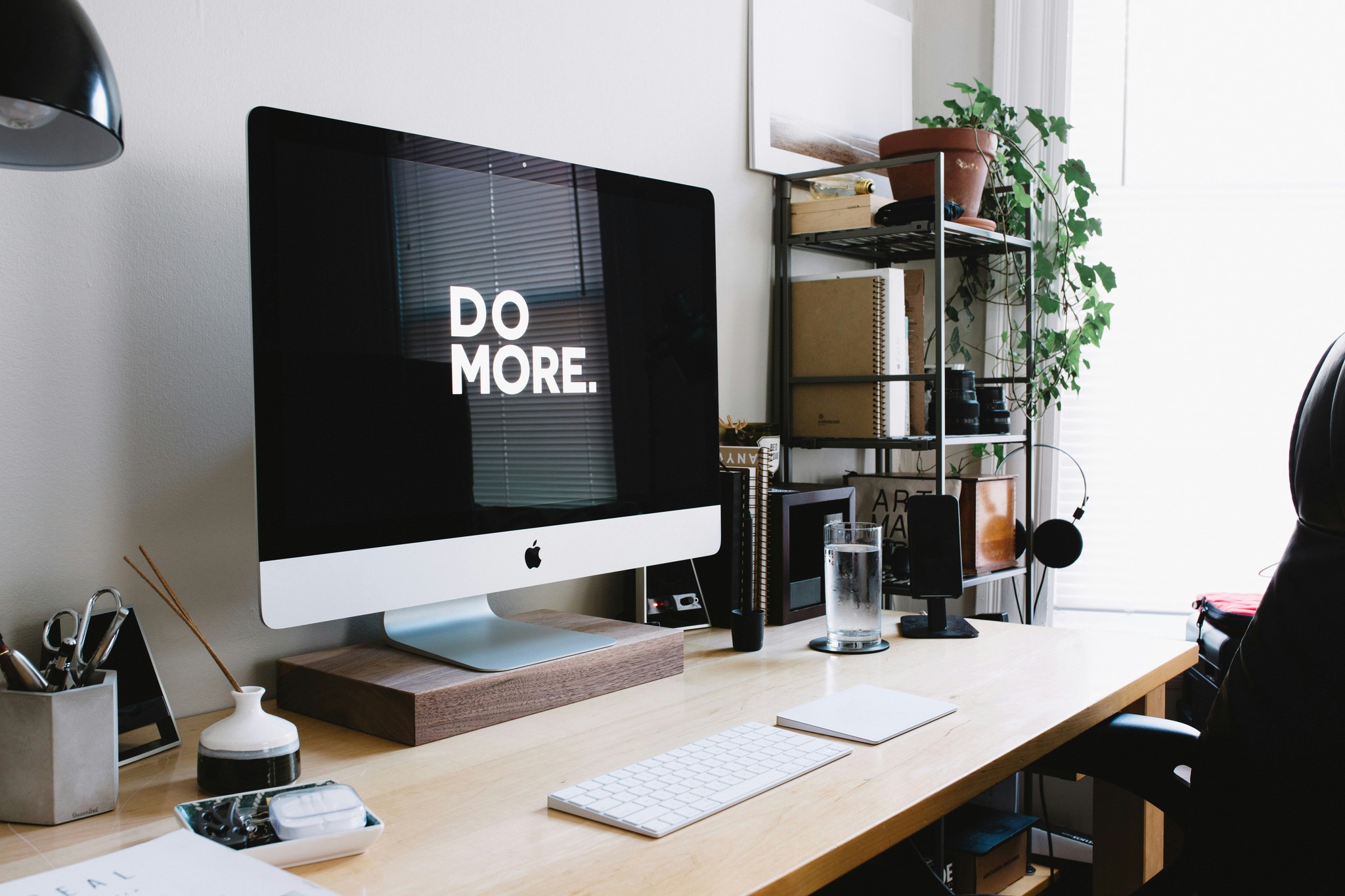
Create meaning to engage teams
How I work on mission team and roadmaps to give team visibility and give them motivating work orientation
To create a vision and mission for my design team aligned with our company's strategy, I start by deeply understanding the long-term goals, core values, and strategic priorities of the company. This understanding allows me to define why my team exists, what impact we aim to have on users, clients, and the company as a whole, and how we plan to achieve it by following our guiding values and principles. Then, I apply the Golden Circle approach to address these essential questions.
Once the vision and mission of my team are defined, I apply the Balanced Scorecard technique to identify the strategic action axes we need to focus on. This typically includes four perspectives: financial, customer, internal processes, and learning and innovation. These perspectives help us visualize how our design work can contribute to the company's growth, enhance user experience, optimize internal processes, and foster innovation.
I strongly believe in the importance of collective elaboration in this process. I actively involve members of my design team in defining the vision, mission, and objectives. Their ideas, perspectives, and aspirations enrich the process and strengthen their sense of ownership and commitment to our common goals.
Once the vision, mission, and objectives are defined, I work collaboratively with my team to identify key performance metrics (KPIs) and specific actions to implement to achieve these objectives. Together, we propose metrics and actions that reinforce our commitment and accountability towards the success of our design strategy. By using this team-centered approach, we create a stimulating design strategy conducive to innovation, perfectly aligned with our company's overall strategy.

Create meaning to engage teams
How I work on mission team and roadmaps to give team visibility and give them motivating work orientation
To create a vision and mission for my design team aligned with our company's strategy, I start by deeply understanding the long-term goals, core values, and strategic priorities of the company. This understanding allows me to define why my team exists, what impact we aim to have on users, clients, and the company as a whole, and how we plan to achieve it by following our guiding values and principles. Then, I apply the Golden Circle approach to address these essential questions.
Once the vision and mission of my team are defined, I apply the Balanced Scorecard technique to identify the strategic action axes we need to focus on. This typically includes four perspectives: financial, customer, internal processes, and learning and innovation. These perspectives help us visualize how our design work can contribute to the company's growth, enhance user experience, optimize internal processes, and foster innovation.
I strongly believe in the importance of collective elaboration in this process. I actively involve members of my design team in defining the vision, mission, and objectives. Their ideas, perspectives, and aspirations enrich the process and strengthen their sense of ownership and commitment to our common goals.
Once the vision, mission, and objectives are defined, I work collaboratively with my team to identify key performance metrics (KPIs) and specific actions to implement to achieve these objectives. Together, we propose metrics and actions that reinforce our commitment and accountability towards the success of our design strategy. By using this team-centered approach, we create a stimulating design strategy conducive to innovation, perfectly aligned with our company's overall strategy.

Create meaning to engage teams
How I work on mission team and roadmaps to give team visibility and give them motivating work orientation
To create a vision and mission for my design team aligned with our company's strategy, I start by deeply understanding the long-term goals, core values, and strategic priorities of the company. This understanding allows me to define why my team exists, what impact we aim to have on users, clients, and the company as a whole, and how we plan to achieve it by following our guiding values and principles. Then, I apply the Golden Circle approach to address these essential questions.
Once the vision and mission of my team are defined, I apply the Balanced Scorecard technique to identify the strategic action axes we need to focus on. This typically includes four perspectives: financial, customer, internal processes, and learning and innovation. These perspectives help us visualize how our design work can contribute to the company's growth, enhance user experience, optimize internal processes, and foster innovation.
I strongly believe in the importance of collective elaboration in this process. I actively involve members of my design team in defining the vision, mission, and objectives. Their ideas, perspectives, and aspirations enrich the process and strengthen their sense of ownership and commitment to our common goals.
Once the vision, mission, and objectives are defined, I work collaboratively with my team to identify key performance metrics (KPIs) and specific actions to implement to achieve these objectives. Together, we propose metrics and actions that reinforce our commitment and accountability towards the success of our design strategy. By using this team-centered approach, we create a stimulating design strategy conducive to innovation, perfectly aligned with our company's overall strategy.

Create meaning to engage teams
How I work on mission team and roadmaps to give team visibility and give them motivating work orientation
To create a vision and mission for my design team aligned with our company's strategy, I start by deeply understanding the long-term goals, core values, and strategic priorities of the company. This understanding allows me to define why my team exists, what impact we aim to have on users, clients, and the company as a whole, and how we plan to achieve it by following our guiding values and principles. Then, I apply the Golden Circle approach to address these essential questions.
Once the vision and mission of my team are defined, I apply the Balanced Scorecard technique to identify the strategic action axes we need to focus on. This typically includes four perspectives: financial, customer, internal processes, and learning and innovation. These perspectives help us visualize how our design work can contribute to the company's growth, enhance user experience, optimize internal processes, and foster innovation.
I strongly believe in the importance of collective elaboration in this process. I actively involve members of my design team in defining the vision, mission, and objectives. Their ideas, perspectives, and aspirations enrich the process and strengthen their sense of ownership and commitment to our common goals.
Once the vision, mission, and objectives are defined, I work collaboratively with my team to identify key performance metrics (KPIs) and specific actions to implement to achieve these objectives. Together, we propose metrics and actions that reinforce our commitment and accountability towards the success of our design strategy. By using this team-centered approach, we create a stimulating design strategy conducive to innovation, perfectly aligned with our company's overall strategy.

Create meaning to engage teams
How I work on mission team and roadmaps to give team visibility and give them motivating work orientation
To create a vision and mission for my design team aligned with our company's strategy, I start by deeply understanding the long-term goals, core values, and strategic priorities of the company. This understanding allows me to define why my team exists, what impact we aim to have on users, clients, and the company as a whole, and how we plan to achieve it by following our guiding values and principles. Then, I apply the Golden Circle approach to address these essential questions.
Once the vision and mission of my team are defined, I apply the Balanced Scorecard technique to identify the strategic action axes we need to focus on. This typically includes four perspectives: financial, customer, internal processes, and learning and innovation. These perspectives help us visualize how our design work can contribute to the company's growth, enhance user experience, optimize internal processes, and foster innovation.
I strongly believe in the importance of collective elaboration in this process. I actively involve members of my design team in defining the vision, mission, and objectives. Their ideas, perspectives, and aspirations enrich the process and strengthen their sense of ownership and commitment to our common goals.
Once the vision, mission, and objectives are defined, I work collaboratively with my team to identify key performance metrics (KPIs) and specific actions to implement to achieve these objectives. Together, we propose metrics and actions that reinforce our commitment and accountability towards the success of our design strategy. By using this team-centered approach, we create a stimulating design strategy conducive to innovation, perfectly aligned with our company's overall strategy.
Other EXPERIENCES

How I manage technical context to craft accessible user journeys and bring insight to the product team
Other EXPERIENCES

How I manage technical context to craft accessible user journeys and bring insight to the product team
Other EXPERIENCES

How I manage technical context to craft accessible user journeys and bring insight to the product team
Other EXPERIENCES

How I manage technical context to craft accessible user journeys and bring insight to the product team
Other EXPERIENCES

How I manage technical context to craft accessible user journeys and bring insight to the product team



